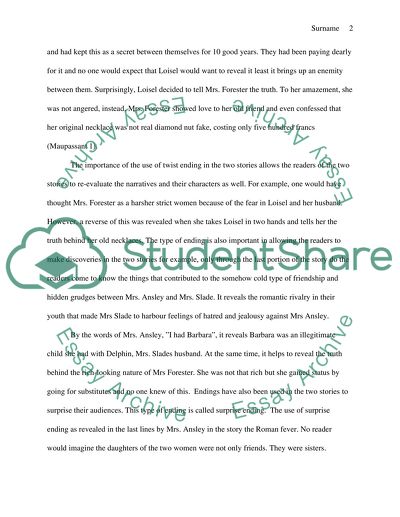Cite this document
(“The Necklace by Guy de Maupassant and Roman Fever by Edith Wharton Essay”, n.d.)
Retrieved de https://studentshare.org/english/1437113-discuss-the-importance-of-endings-in-the-necklace
Retrieved de https://studentshare.org/english/1437113-discuss-the-importance-of-endings-in-the-necklace
(The Necklace by Guy De Maupassant and Roman Fever by Edith Wharton Essay)
https://studentshare.org/english/1437113-discuss-the-importance-of-endings-in-the-necklace.
https://studentshare.org/english/1437113-discuss-the-importance-of-endings-in-the-necklace.
“The Necklace by Guy De Maupassant and Roman Fever by Edith Wharton Essay”, n.d. https://studentshare.org/english/1437113-discuss-the-importance-of-endings-in-the-necklace.


